In this
post, you can see two tips of using HTML5 client-side validation with JSF tags.
Maybe, one of the most used JSF validators is the built-in required
validator. Before applying other validators we need to have something to
validate, so the required="true" is commonly used in <h:inputText>
tags. Practically, each time the form is submitted, the required="true"
is evaluated in the Process Validation phase. But, HTML5 also has a required
attribute, which basically has the same role as the JSF built-in required
validator, only that works on client-side, without submitting the form. So, if
we use pass-through attributes, we can add the HTML5 required into equation
and avoid form submission until the required inputs contains something. Of
course, we keep the JSF required built-in validator also, for
browsers that doesn't support HTML5 and for having server-side validation:
<!-- xmlns:pt="http://xmlns.jcp.org/jsf/passthrough"
-->
<h:form>
Name: <h:inputText
value="#{playerBean.name}" required="true" pt:required="true"/>
<h:commandButton value="Send"
action="data"/>
</h:form>
Output (left
side HTML5 required effect, right-side JSF required effect):
HTML5 also
provides an attribute named, formnovalidate. This is useful to skip
validation and implement a Cancel like button. For example, if your form
is based on client-side validation and
it doesn't contain JSF validators, you can write a Cancel button, as below:
<h:form>
Name: <h:inputText
value="#{playerBean.name}" pt:pattern=".{2,}"/>
E-mail: <h:inputText
value="#{playerBean.email}" pt:type="email"
pt:required="true"/>
<h:commandButton value="Send"
action="data"/>
<h:commandButton value="Cancel"
action="#{playerBean.cancel()}" pt:formnovalidate="formnovalidate"/>
</h:form>
Note The
Cancel
button will work (the cancel() method will be invoked without client-side
validation) only if you don't have JSF validators. This approach will NOT skip
JSF Process Validation phase.
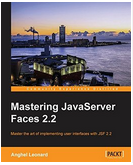








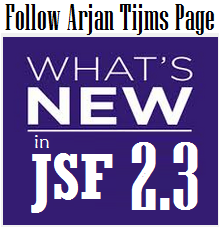

 Arrays
Arrays Converters
Converters
 JSF 2 Tutorials at www.mkyong.com
JSF 2 Tutorials at www.mkyong.com  JavaServer Faces (JSF) Tutorial
JavaServer Faces (JSF) Tutorial 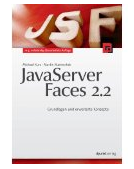
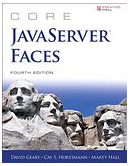










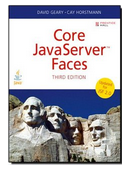


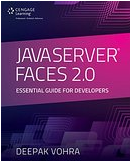






Niciun comentariu :
Trimiteți un comentariu